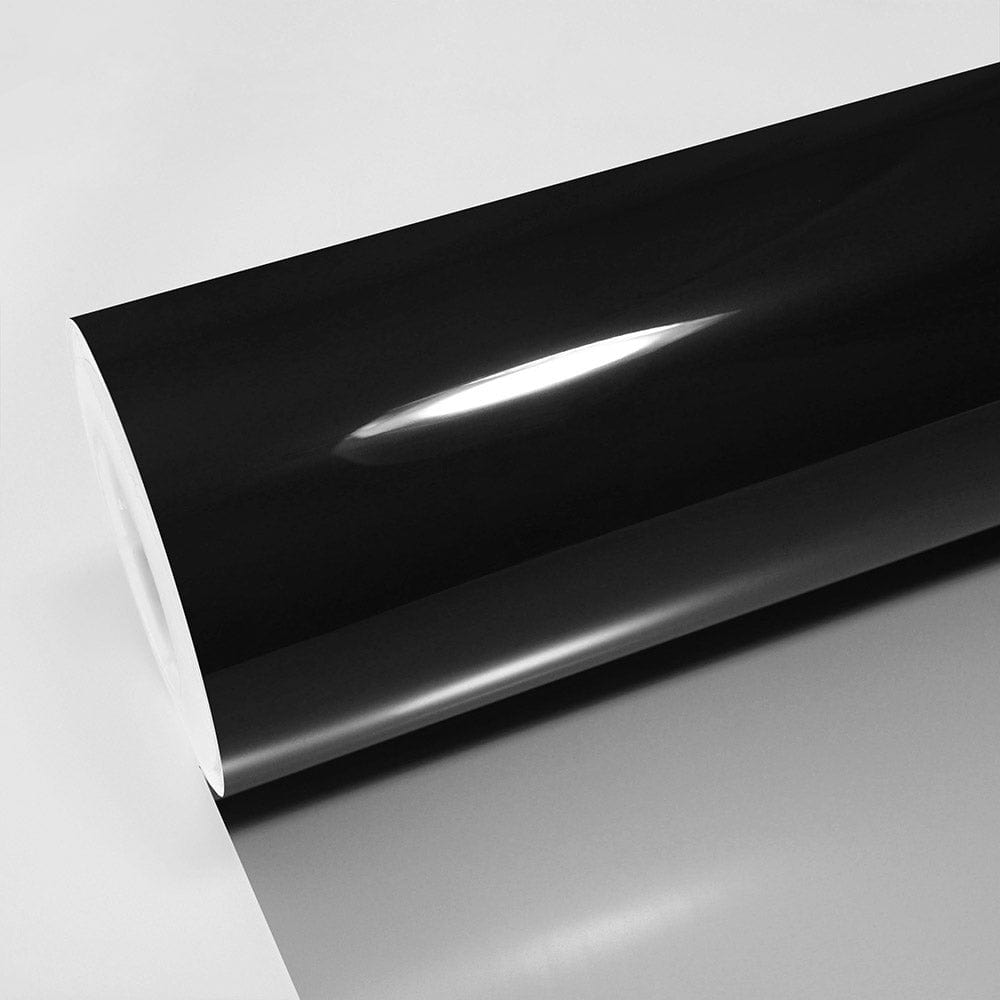Important Insights on the Uses and Advantages of Paint Defense Film for Automobile Treatment
The application of Paint Security Movie (PPF) has become a very useful method for vehicle proprietors seeking to maintain the integrity and look of their automobiles. As we explore the different benefits and types of PPF, as well as the intricacies included in its application and upkeep, it ends up being evident that understanding these components is essential for any type of auto treatment fanatic.
What Is Paint Security Movie?
Paint Protection Film (PPF) is a clear, durable polyurethane material created to safeguard an automobile's exterior surface areas from damage caused by ecological factors and road particles. This film is specifically engineered to soak up influence, avoiding scrapes, chips, and various other kinds of wear that can happen during daily driving. PPF can be put on numerous components of a car, including the hood, fenders, bumpers, and side mirrors, offering a safety obstacle that assists maintain the automobile's visual charm.

Additionally, developments in PPF innovation have led to self-healing properties, allowing minor scrapes to go away in time when subjected to warm. This cutting-edge option not only improves the longevity of a vehicle's outside however also contributes to keeping its resale worth, making it a wise financial investment for cars and truck enthusiasts and daily chauffeurs alike.
Advantages of Paint Protection Film
One of the primary advantages of Paint Defense Film (PPF) is its ability to considerably reduce the threat of damage from everyday wear and tear. This consists of security against environmental pollutants, such as bird droppings, tree sap, and road debris, which can damage the lorry's coating. The movie acts as a barrier, soaking up influences that would certainly or else leave scratches or chips on the paint surface area.
Additionally, PPF is designed to be self-healing, meaning that minor abrasions can go away with direct exposure to warmth, keeping the lorry's visual charm. This feature ensures that the protective layer continues to be efficient in time, preserving the car's immaculate look.
An additional advantage is its UV resistance. PPF aids stop paint fading triggered by long term exposure to sunlight, thereby preserving the vehicle's resale worth. Furthermore, the application of PPF can simplify the cleaning procedure, as impurities are less most likely to bond to the surface.
Lastly, PPF is personalized and can be put on certain locations of the car, enabling owners to concentrate protection where it is most needed (Paint Protection Film Denver). In General, Paint Protection Movie uses a thorough remedy for preserving a vehicle's outside stability and appearance
Kinds Of Paint Defense Film
Numerous types of Paint Defense Movie (PPF) are readily available to satisfy different demands and choices of car proprietors. One of the most common types include clear bra films, which are made to be almost undetectable while giving durable protection against scrapes, chips, and other ecological damages. These movies are ideal for those who intend to keep the original look of their vehicle.
Another choice is colored PPF, which supplies both security and visual enhancement. Available in a range of tones and surfaces, tinted movies can completely alter the appearance of a car or emphasize specific areas, making them a preferred selection for customization.
Self-healing PPF is an additional innovative kind that can fix minor scratches and swirl marks with warm exposure, ensuring durable defense and aesthetic appeals. In addition, textured PPF can give a matte coating, attracting owners who like a non-glossy look.
Additionally, specialized movies designed for certain applications, such as fronts lights or indoor surface areas, are offered. Each kind of PPF gives unique benefits, allowing vehicle owners to choose one of the most appropriate alternative for their details requirements and style preferences.
Application Refine and Factors To Consider
Correct application of Paint Security Film (PPF) read here is essential for accomplishing ideal results and making sure durable defense. The application process starts with thorough surface area prep work, which consists of cleaning up the vehicle extensively to remove dirt, wax, and grease. Any helpful hints type of imperfections on the paint surface area ought to be corrected, as these can come to be amplified under the film.
Next, the film is meticulously determined and cut to fit particular areas of the lorry. This allows for modifications before the a knockout post movie sticks completely.
Temperature level and humidity play substantial duties in the application procedure. Ideally, the setting must be regulated, with a temperature level array of 60 ° F to 80 ° F and low moisture to stop condensation under the film. Once placed, a squeegee is utilized to remove air bubbles and make sure complete attachment.
Upkeep and Treatment for PPF
Preserving Paint Security Film (PPF) is important for maintaining its effectiveness and expanding its life-span. Routine care not only boosts the appearance of your car yet likewise makes certain that the PPF continues to give optimum protection versus ecological impurities, UV rays, and physical damage.
To keep PPF, begin with regular cleaning using a pH-balanced car hair shampoo. Stay clear of abrasive sponges; instead, choose a soft microfiber fabric, which will certainly protect against scraping the surface area. It's advisable to clean the car every 2 weeks or more regularly in harsh conditions.

For added security, consider using a ceramic finishing over the PPF. This enhances gloss and provides an additional layer of protection versus contaminants. In addition, prevent using harsh chemicals or abrasive cleansers that can degrade the film.
Normal inspections for indications of damage, such as peeling off or discoloration, should be performed - Paint Protection Film Denver. Immediately attending to any type of issues can significantly lengthen the life of your paint security film, guaranteeing your lorry stays in immaculate problem
Conclusion
